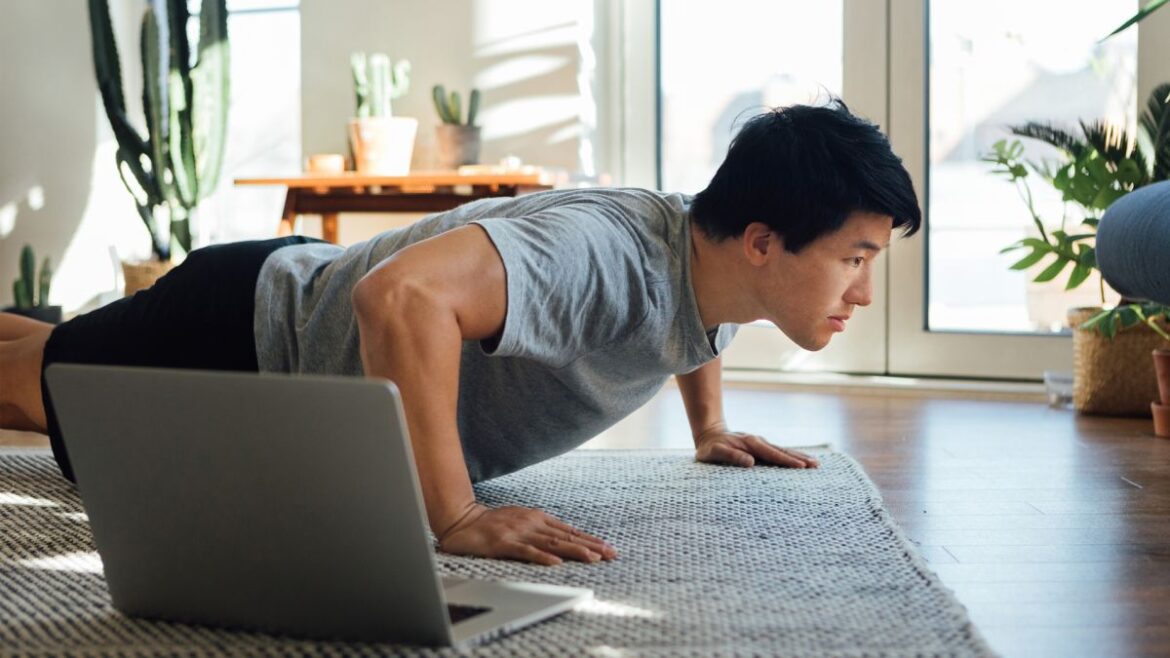Exercise has many great health benefits, but does exercise affect hair growth? You may not believe that your workout can prevent the seemingly inevitable hair loss that comes with aging. Hmmm, maybe there’s some connection.
For one thing, exercise increases blood circulation and oxygen in blood cells, which benefits the hair follicles. Exercise can also reduce stress, one of her factors in thinning hair.
